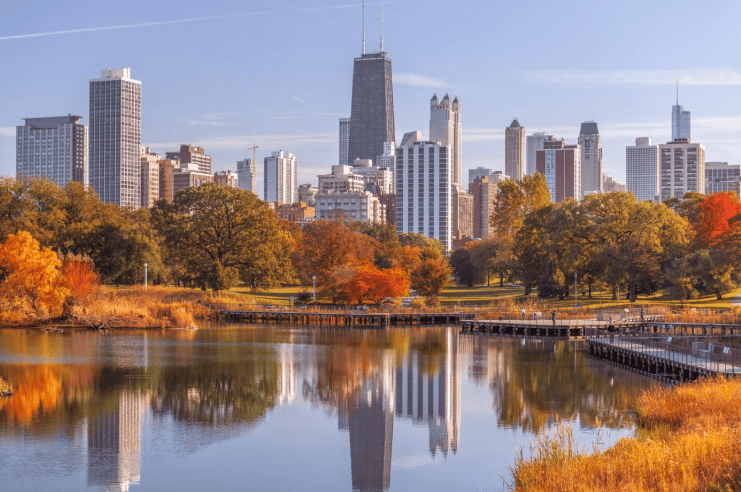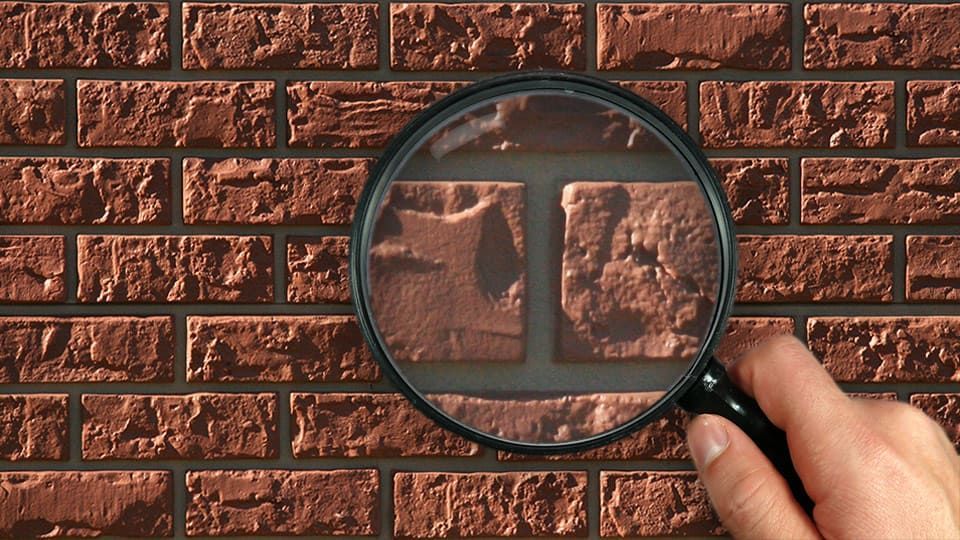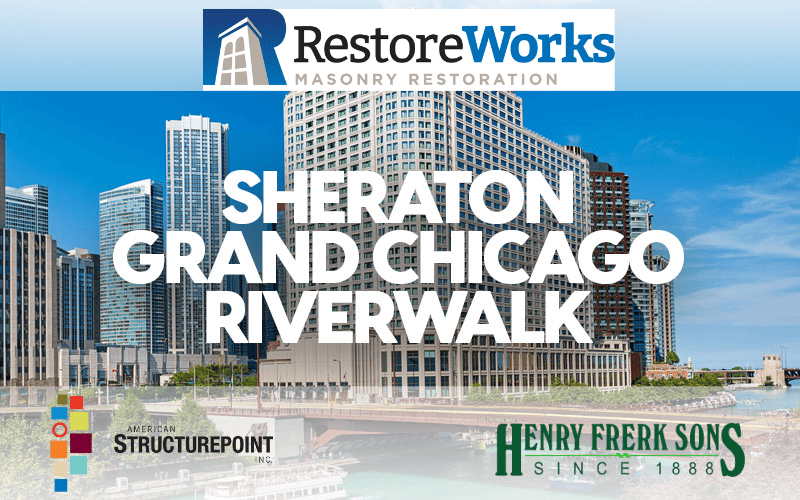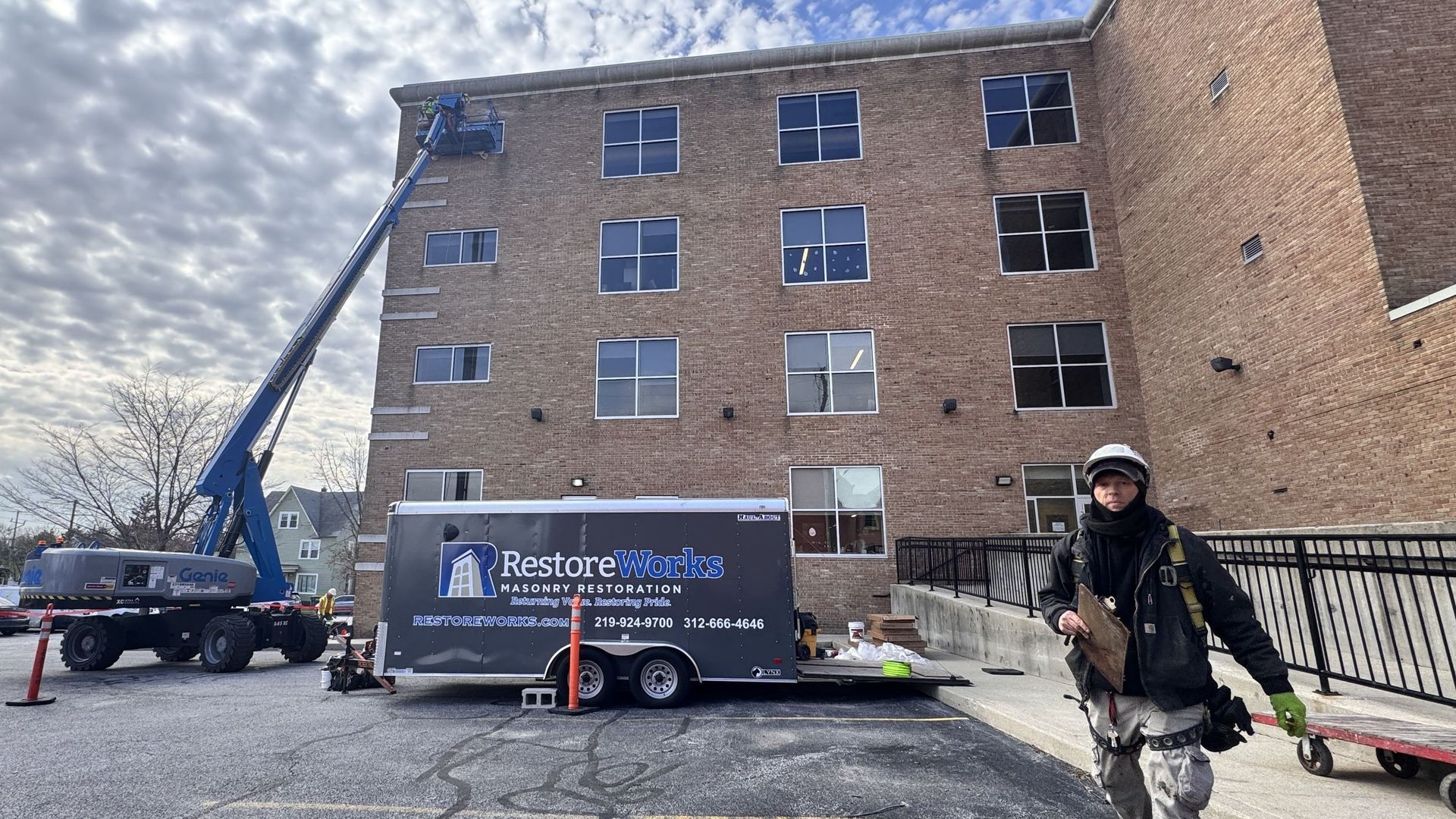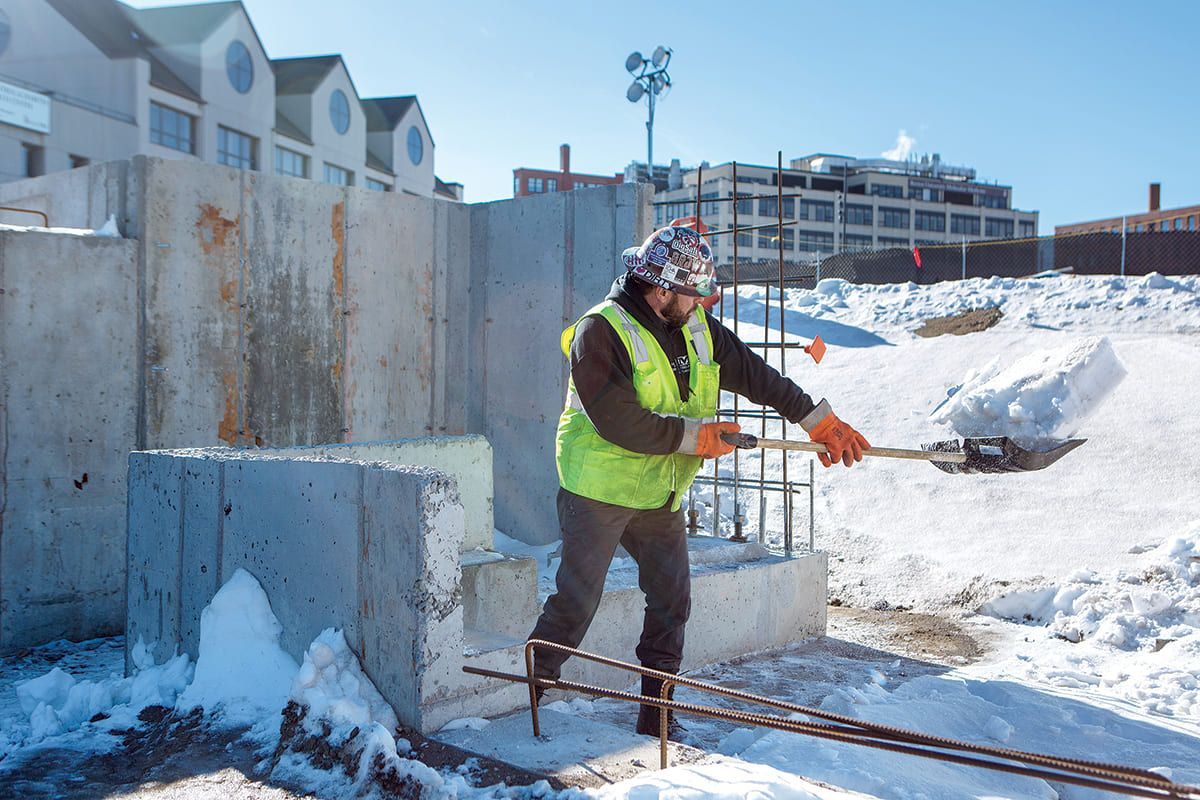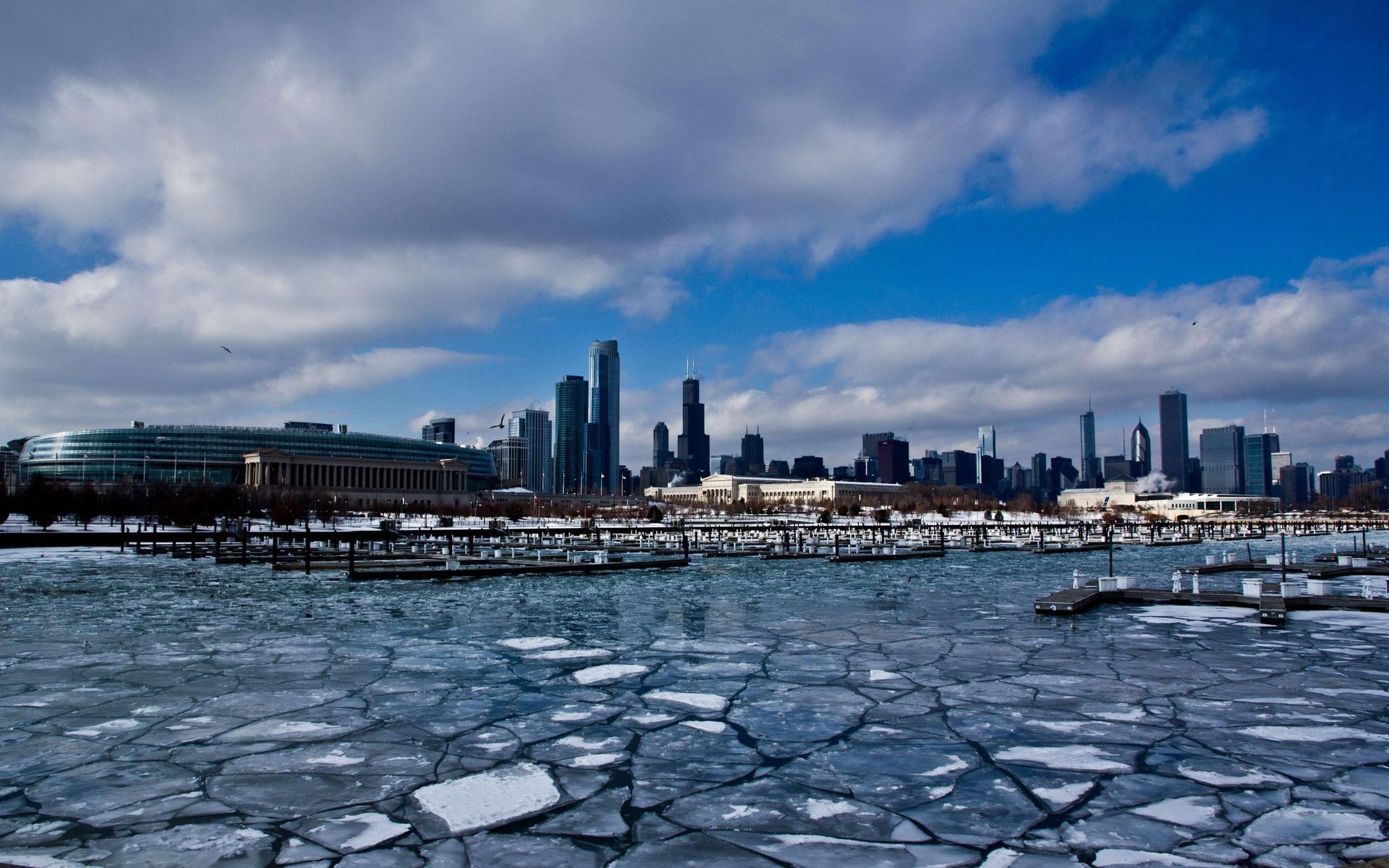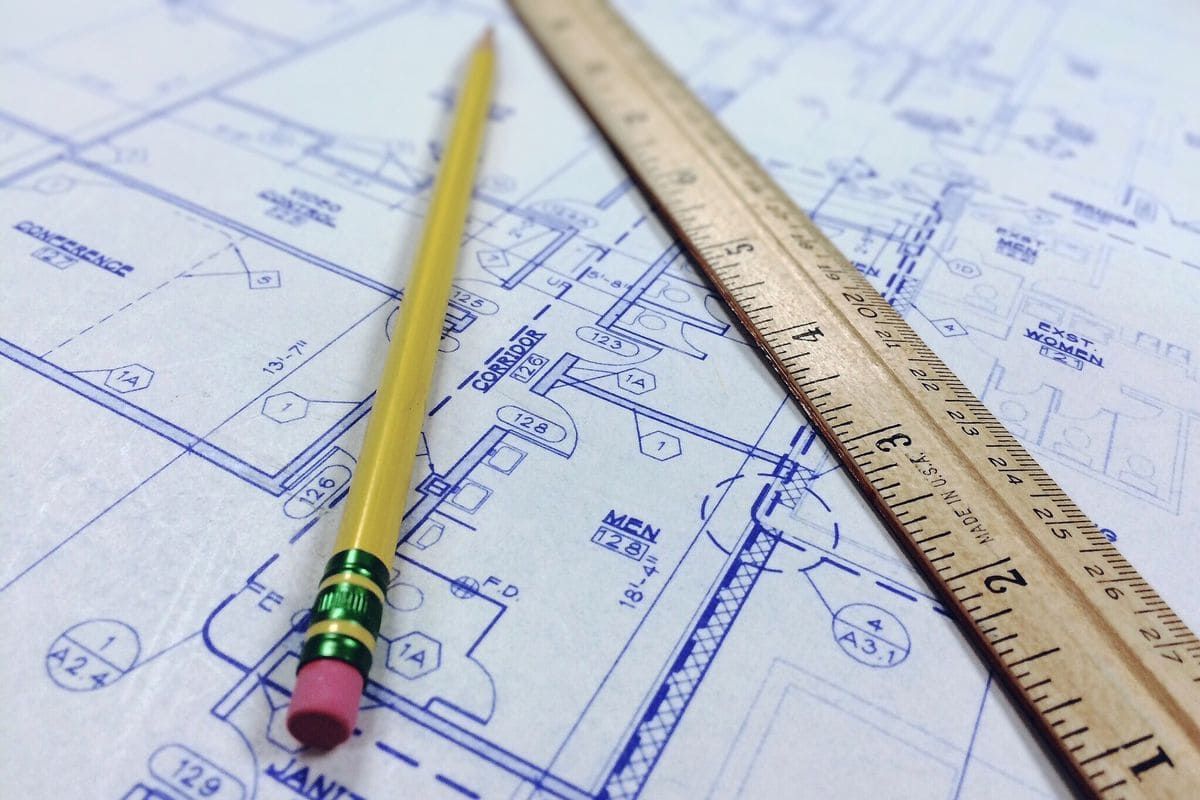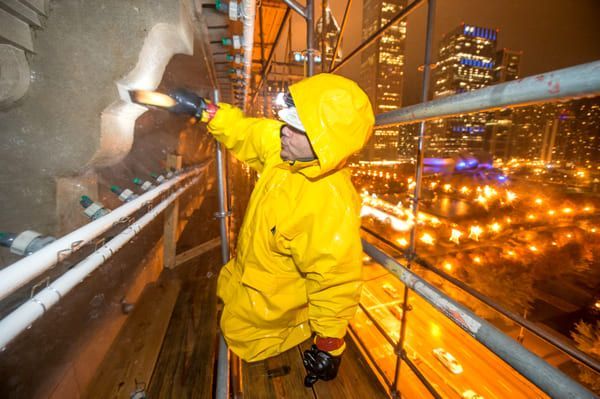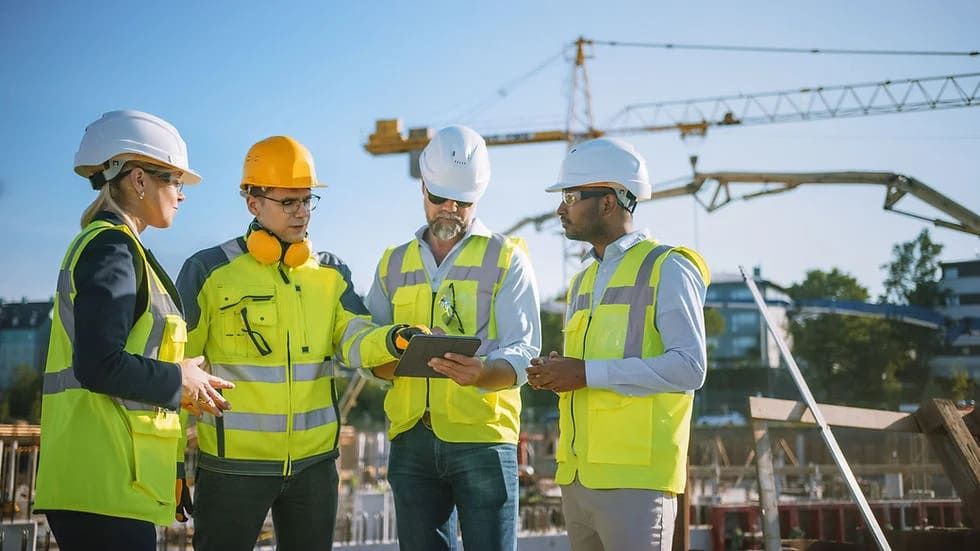As a property manager or building owner, you’re always balancing budgets, safety, and tenant satisfaction. One area that often gets overlooked until it’s too late is masonry restoration. Small cracks, deteriorated mortar, or failing sealants may not seem urgent in September, but once winter arrives, the freeze-thaw cycle can turn smaller issues into major emergencies.
Fall is the critical window to act. It’s when temperatures are ideal for repairs, access is easier, and preventative work can save you from costly surprises in the middle of winter. According to the National Institutes of Health, water trapped in masonry expands by about 9% when it freezes, creating internal pressure that leads to cracking, spalling, and deterioration. Handling vulnerabilities now prevents that destructive cycle from taking hold.

The Freeze-Thaw Problem: Why Waiting Until Spring Costs More
The Midwest climate is especially tough on buildings. Chicago and Northwest Indiana experience multiple freeze-thaw cycles every winter. Each time temperatures swing above and below freezing, moisture seeps into cracks and expands when frozen. Over time, this can break apart bricks, push mortar out of joints, and even destabilize structural components.
According to a 2024 study by Iowa State University, extreme weather is already speeding up the rate at which building systems wear out. Funded by the U.S. Department of Defense and published in Building and Environment, the research showed that increased freeze-thaw cycles and temperature swings can shorten the lifespan of components like masonry, sealants, and windows. For property managers and owners, that translates into higher long-term maintenance costs if vulnerabilities aren’t addressed early. For commercial and multi-family properties, the risks go beyond structural deterioration:
- Unplanned repair costs that blow up budgets.
- Disruption to tenants or students if emergency repairs are required.
- Liability concerns from falling masonry or water intrusion.
- Energy loss through failed seals and deteriorated windows.
In short, waiting often means you’ll pay more. Acting in the fall gives you control.
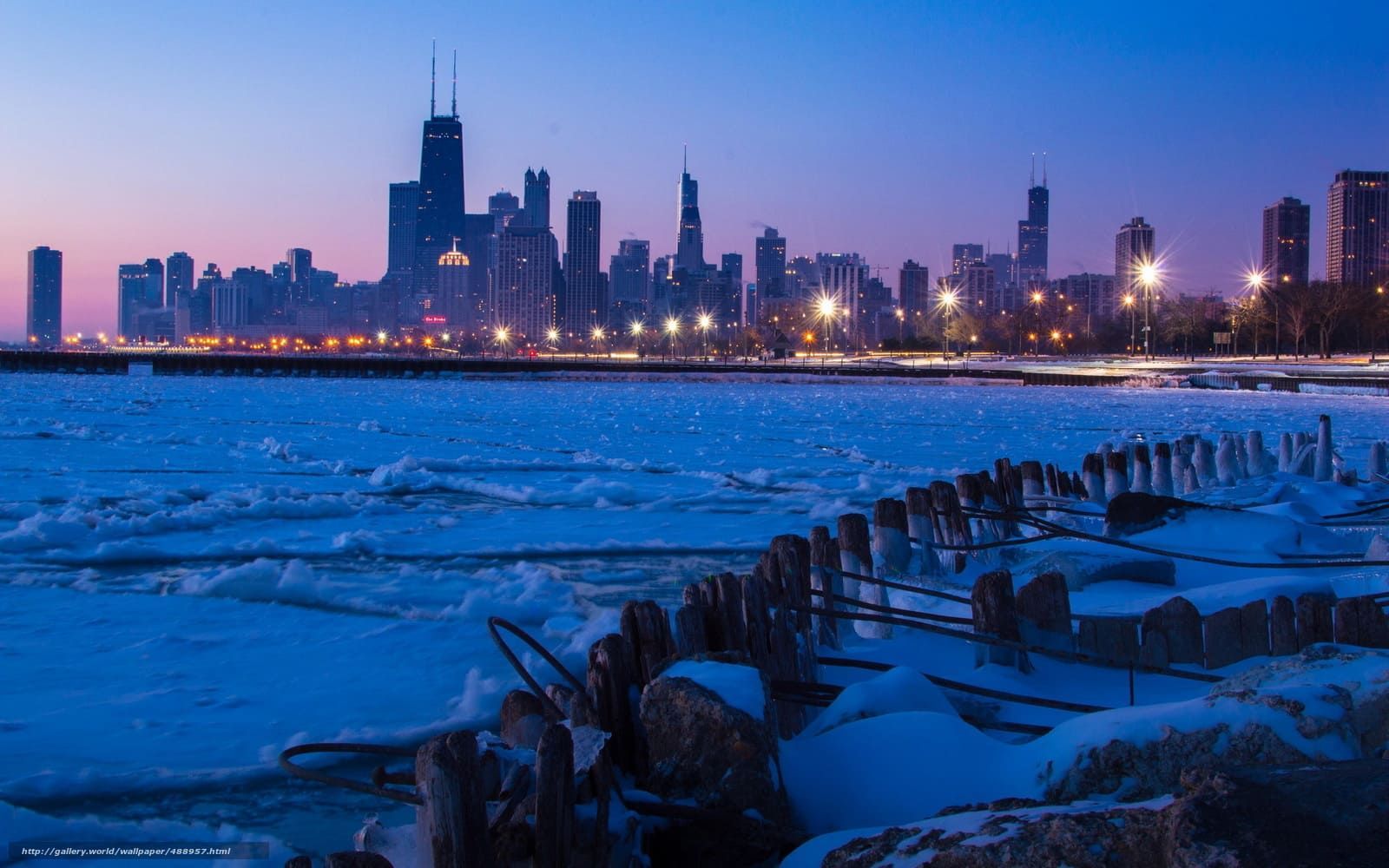
Real-World Examples: Properties That Took Action in Fall
At RestoreWorks, we’ve seen first-hand how proactive fall masonry restoration pays off. Here are five recent projects that show the value of acting before winter.
Porter County 911 Center (Valparaiso, IN)
Porter County’s 911 Central Communications Center was suffering from water infiltration due to failed flashing, corroded steel lintels, and cracked sealants around window frames. Left unaddressed, the problems would have worsened through winter.
Thirty-nine (39) openings were restored by removing brick, wire-brushing and priming steel lintels, and installing an integrated flashing system with stainless steel drip edges and weeps. We also repointed masonry and replaced more than 600 linear feet of perimeter sealant. By completing the work in fall, Porter County’s government building avoided freeze-thaw damage that would have compromised the structure and driven up costs.
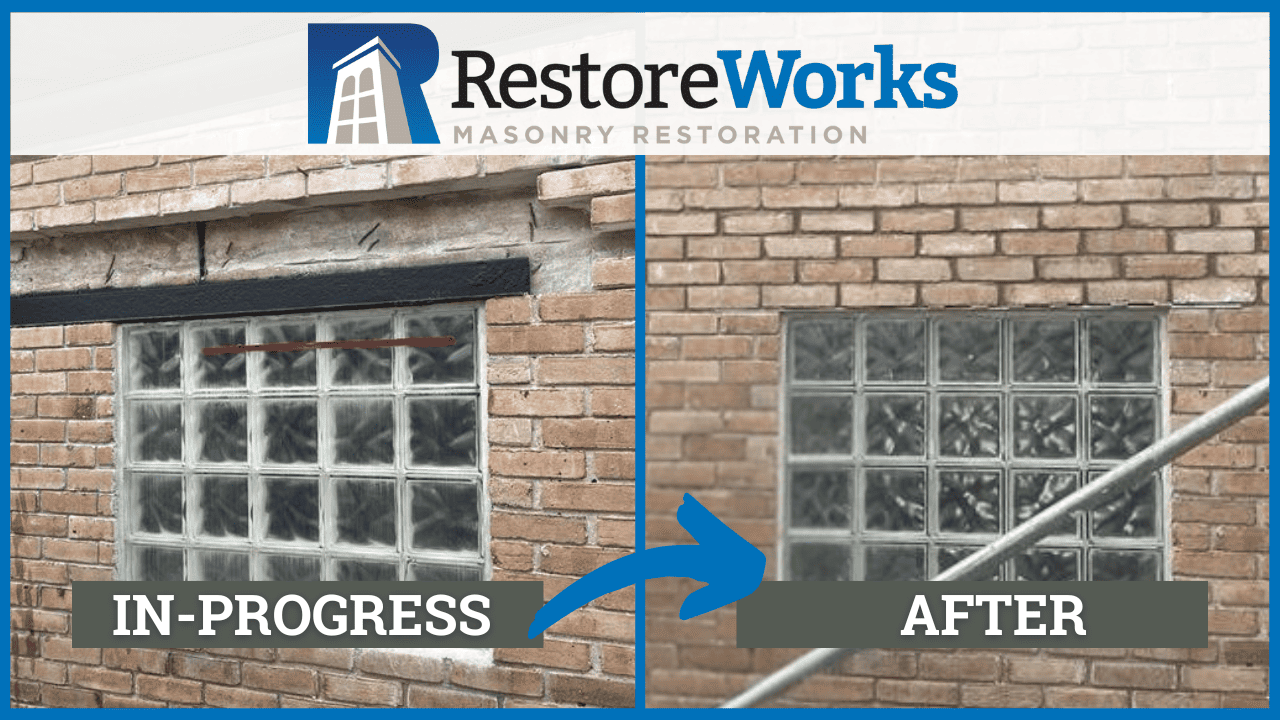
Calvary Academy (South Holland, IL)
Calvary Academy was dealing with deteriorated mortar joints, failing sealants, and water intrusion that threatened classrooms, hallways, and even the gym floor. A phased restoration approach allowed the school to address these issues without disrupting operations.
During the first phase, our crews repaired cracks, replaced control joints with high-performance sealants, tuckpointed masonry, and applied protective coatings. Leaks stopped before coatings were even applied, showing how important joint and sealant repairs were. With additional phases scheduled, the school now has a long-term plan to protect its facilities. Importantly, it avoided another winter of water damage spreading through its walls.
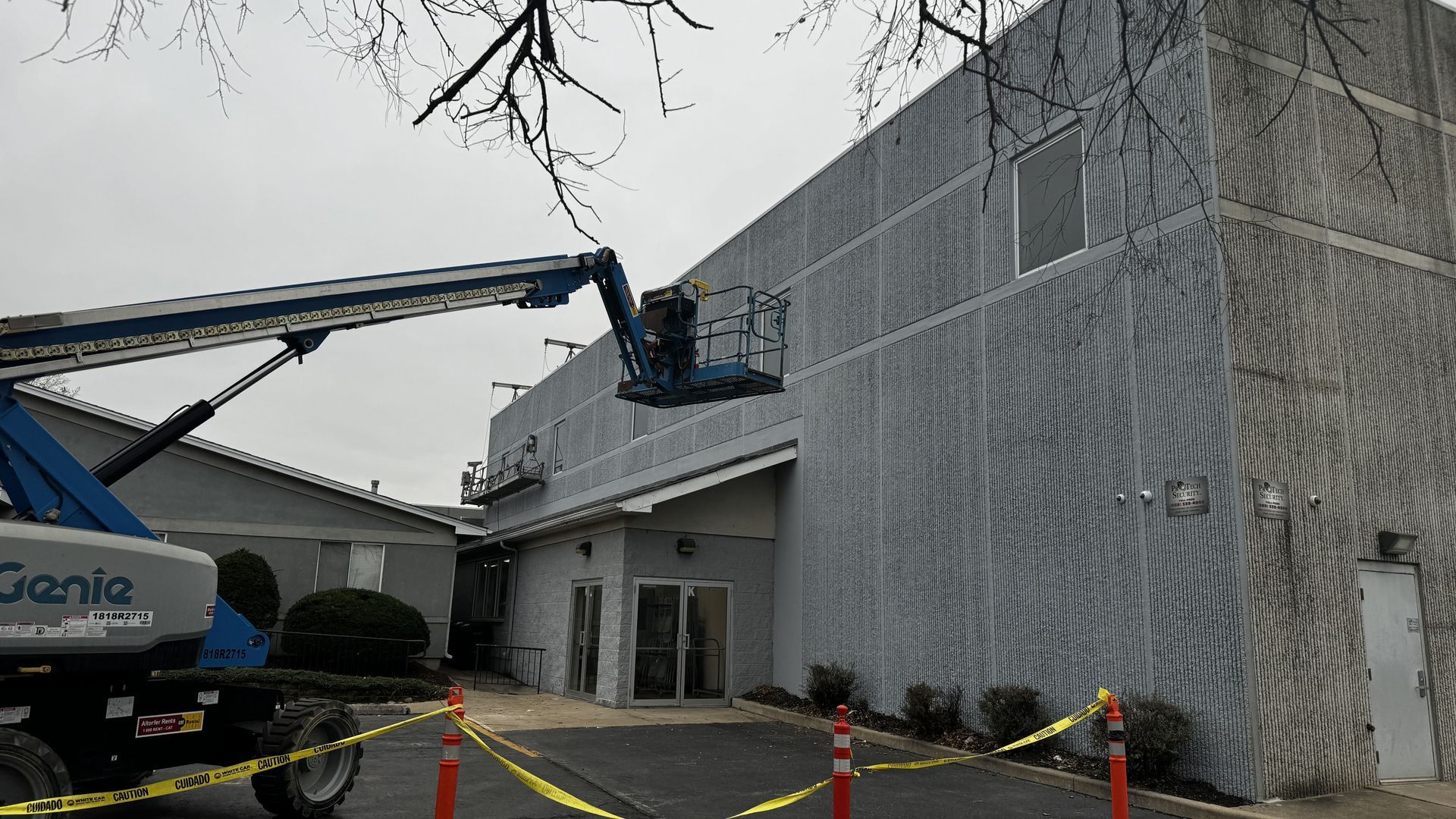
Meeker Hall - Lake County Fairgrounds (Crown Point, IN)
Meeker Hall, a historic landmark at the Lake County Fairgrounds, was experiencing cracked walls, deteriorated mortar, and water infiltration. Given its age and significance, delays could have caused permanent damage.
RestoreWorks rebuilt column corners and wall sections, replaced brick selectively, parged damaged masonry, and stabilized rusting steel lintels. Work was coordinated with roofing contractors to keep schedules on track. By taking care of these issues in fall, the hall’s history was preserved, and further deterioration was prevented before winter weather could compound the problems.
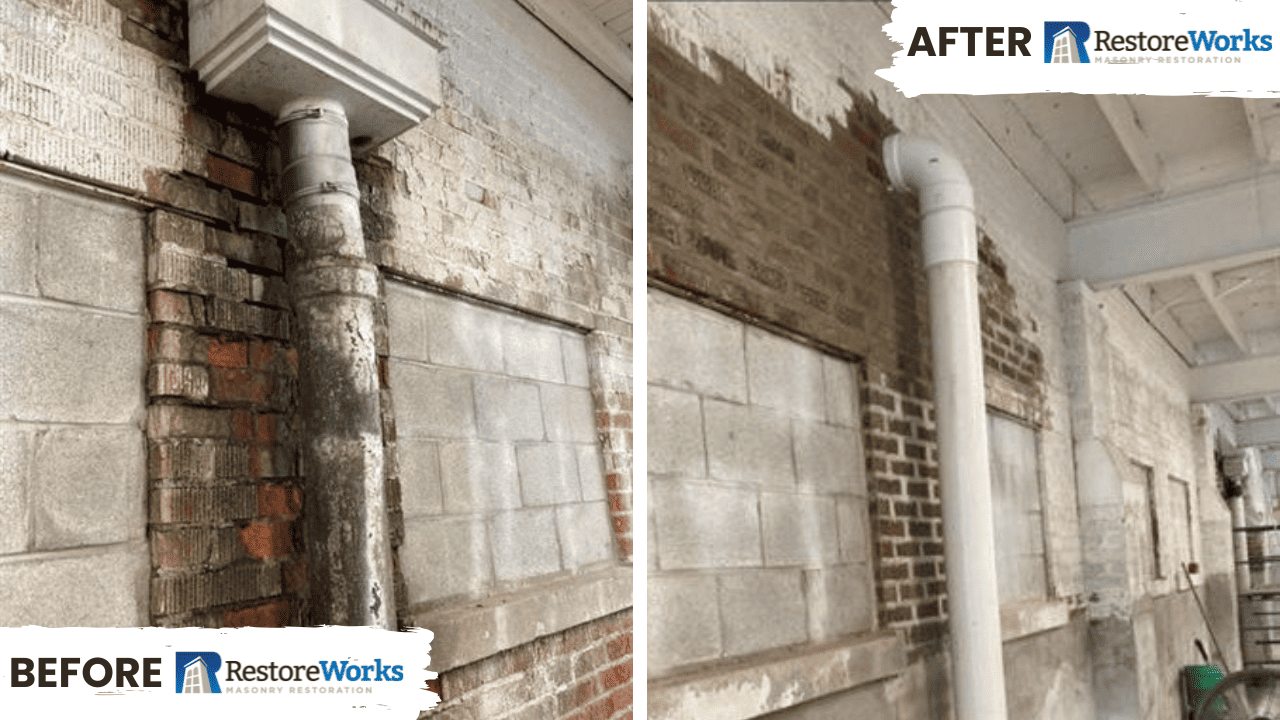
St. Casimir School (Hammond, IN)
St. Casimir School, a 120-year-old school building, faced deteriorated mortar joints, failing sealants, and outdated windows that reduced energy efficiency. If left untreated, another winter would have widened cracks, increased leaks, and forced emergency repairs.
Our team performed tuckpointing and brick replacement, restored sealants at coping stones, and installed new energy-efficient windows with proper flashing. The improvements stabilized the facade, reduced air loss, and protected the building envelope. Students and staff benefited immediately from improved comfort, while the school avoided costly disruptions from mid-winter failures.
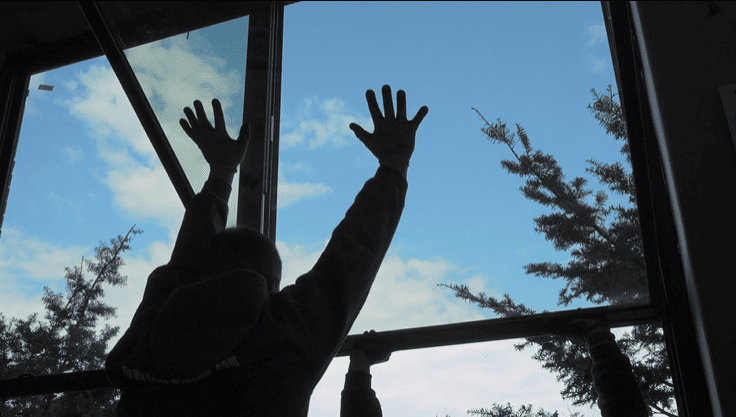
St. Joseph Catholic Church (Dyer, IN)
As a 150-year-old parish building, St. Joseph Catholic Church required masonry restoration services. RestoreWorks provided tuckpointing, restorative cleaning, and masonry repairs that strengthened the building’s exterior and restored its historic appearance. By completing this work in the fall, the parish protected its building before harsh winter weather could speed up masonry deterioration.
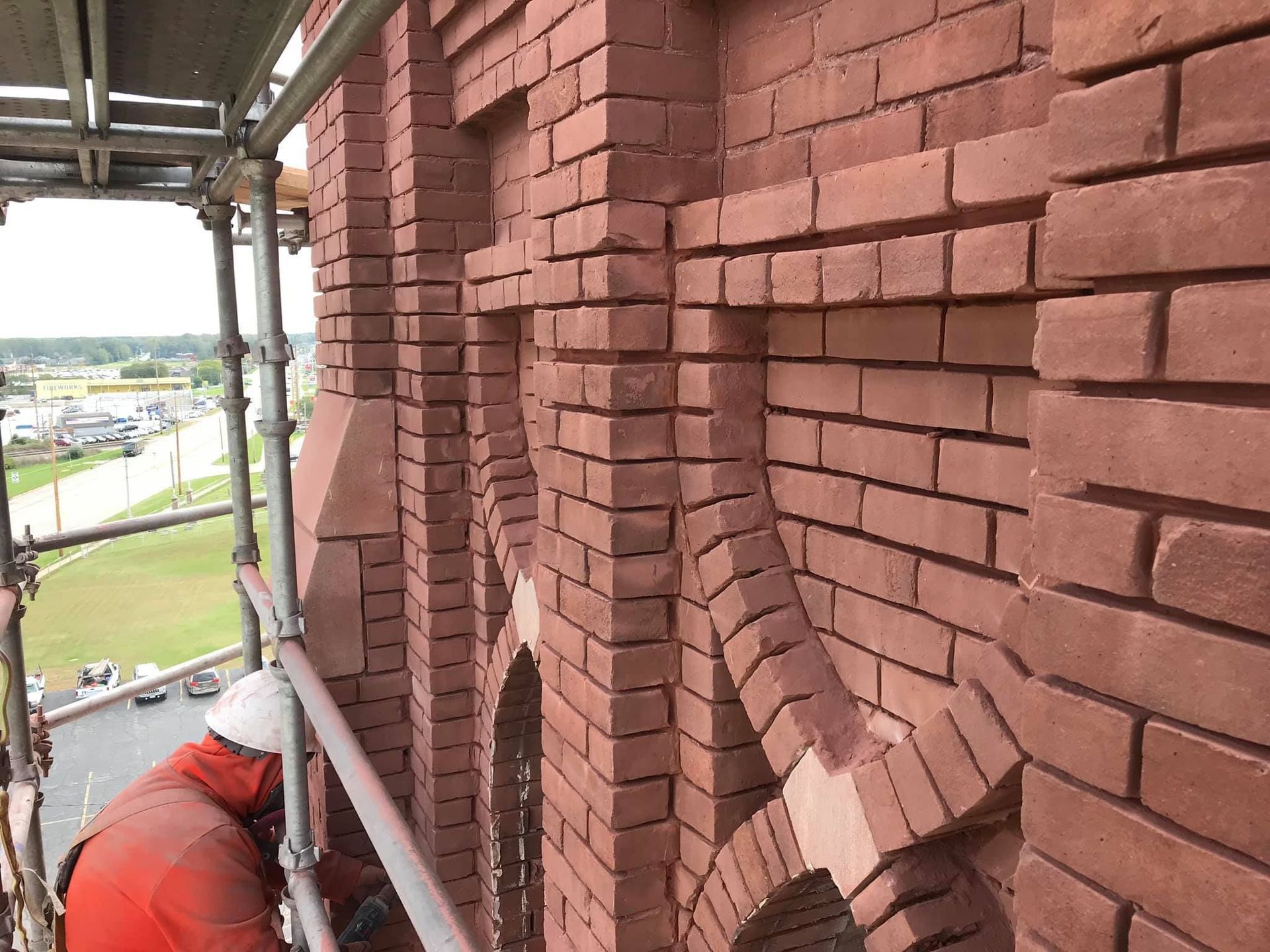
The Takeaway: Fall Repairs Are Proactive Asset Management
These case studies highlight a common trend: property managers and owners who act in fall protect their assets, control their costs, and avoid emergencies. Every property type, whether it’s a school, government building, or church, faces the same risk from winter freeze-thaw cycles.
According to the Whole Building Design Guide, life-cycle cost analysis (LCCA) shows that initial construction or repair expenses typically make up only a small portion of a building’s total ownership costs. Over decades, operations, maintenance, and repair account for the majority of expenses. For property managers and owners, this means deferring masonry work until after winter increases long-term financial burden. Addressing repairs in the fall is one of the most cost-effective ways to extend the service life of a building envelope.
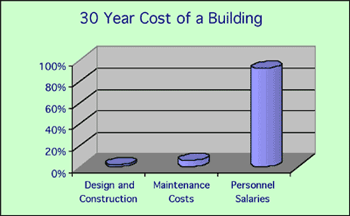
What Property Managers Should Do Now
If you manage a commercial or multi-family property, here are practical steps to take this fall:
- Inspect your building envelope for cracked mortar joints, deteriorated sealants, or signs of water staining.
- Check flashing and drainage systems to make sure water is moving away from the building.
- Schedule tuckpointing and sealant work while conditions are still favorable.
- Plan for phased projects if budgets are tight. Even addressing the worst elevations now can prevent costly deterioration over the winter.
These simple actions can make the difference between a smooth winter and a season of emergencies.
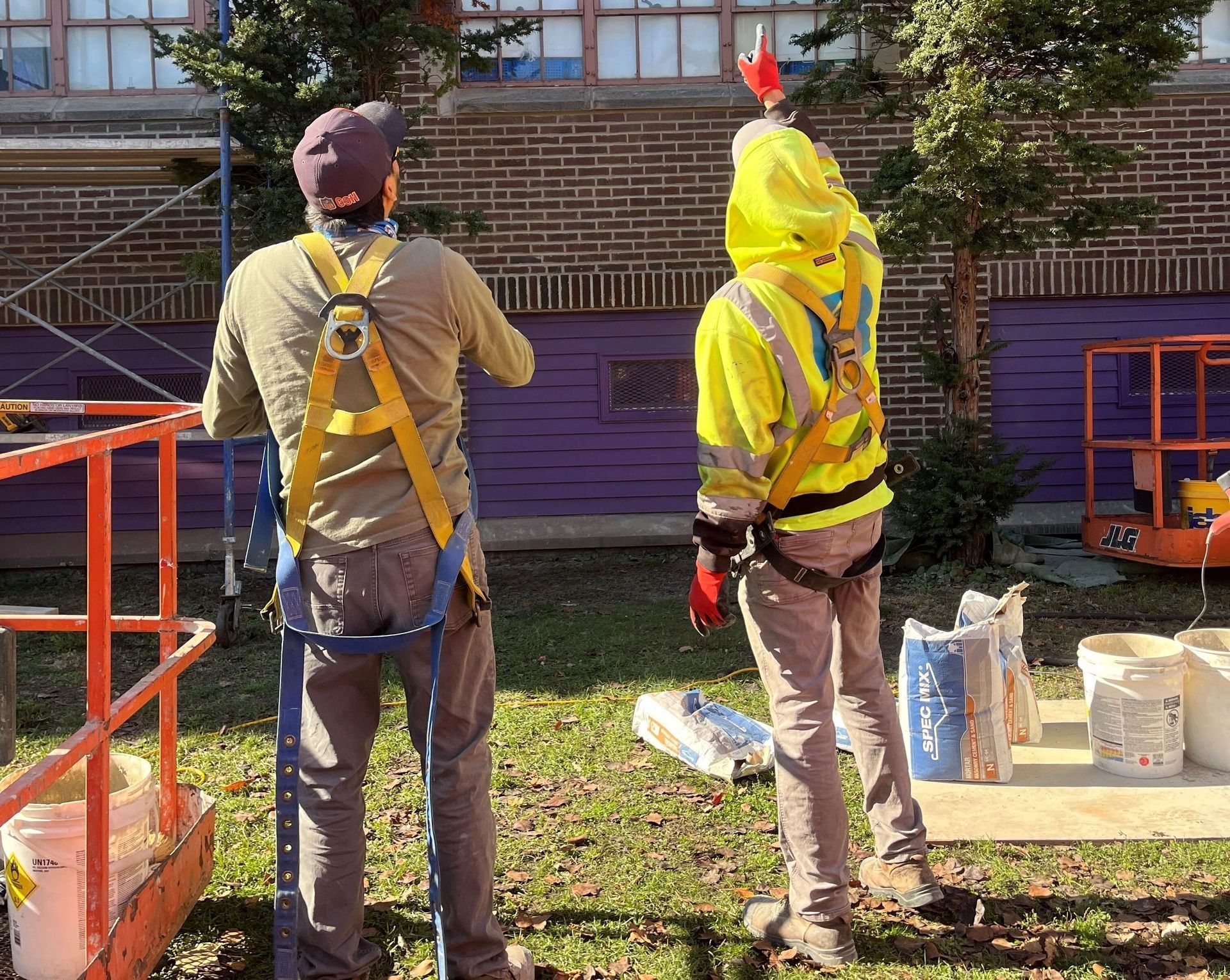
Don’t Wait - Protect Your Property Before Winter
The lesson is clear, being that waiting until after winter to make repairs is both risky and expensive. Fall is the best opportunity to inspect, repair, and protect your masonry before freeze-thaw cycles cause damage that can’t be ignored.
RestoreWorks has helped property managers and building owners across Chicagoland and Northwest Indiana safeguard their facilities through proactive fall restoration. From government centers to schools and historic churches, we understand the technical demands and the urgency of timing.
Schedule your free fall property review today to make sure your building is ready for the season ahead, and avoid the costly surprises that winter can bring.

